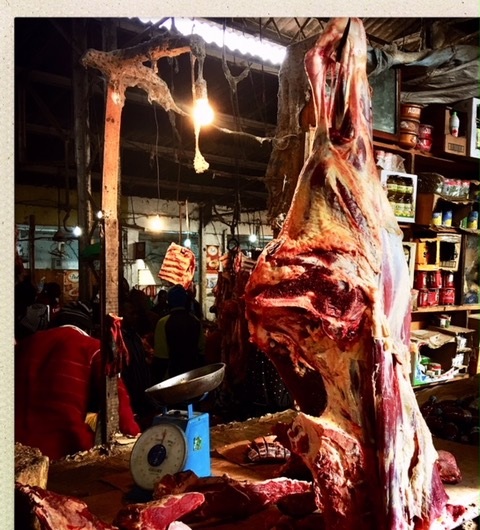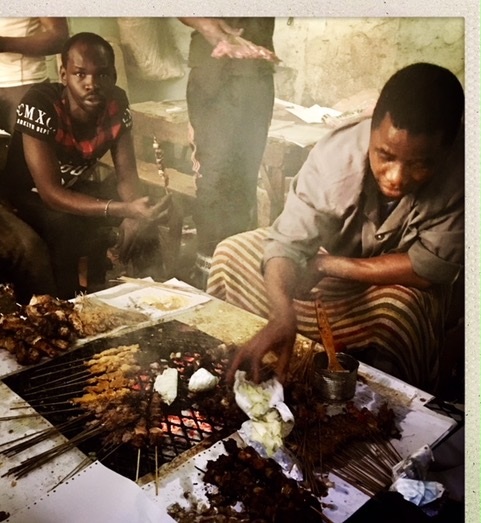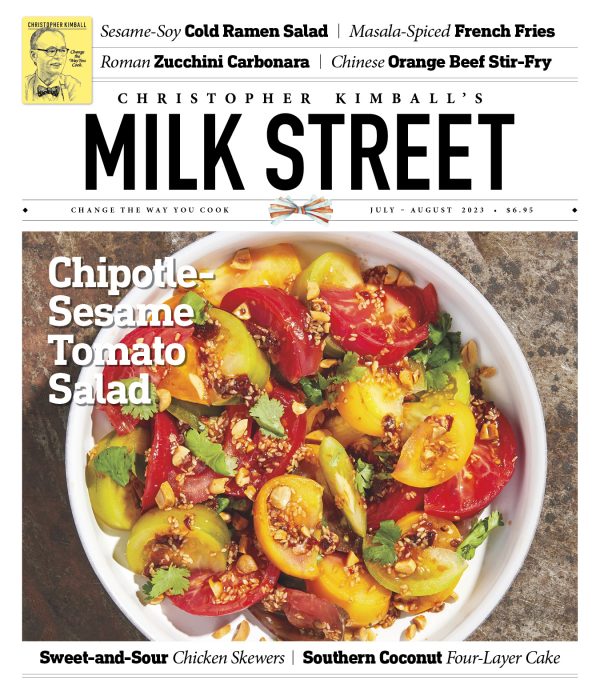We just got back from Dakar, where we made an authentic Senegalese gumbo with smoked seafood and several other dishes with my host, Pierre Thiam, the well-known New York chef and cookbook author who grew up in Dakar. He is the author of “Senegal” and “Yolele!”
In the late afternoon, we headed down to the beach, where dozens of fishing boats (brightly painted wooden longboats) were hauled up onto blocks. It was sunny and warm, and at least a thousand people crowded around. Women wore the colorful gele, or headdresses—royal and pastel blues, stripes of orange and yellow, finely printed brown and white checks, blacks and greens, maroons and purples, and, most of all, bright yellow, and the boubou, the long robes worn by both men and women (a rough translation from the local wolof dialect “mbubb”).

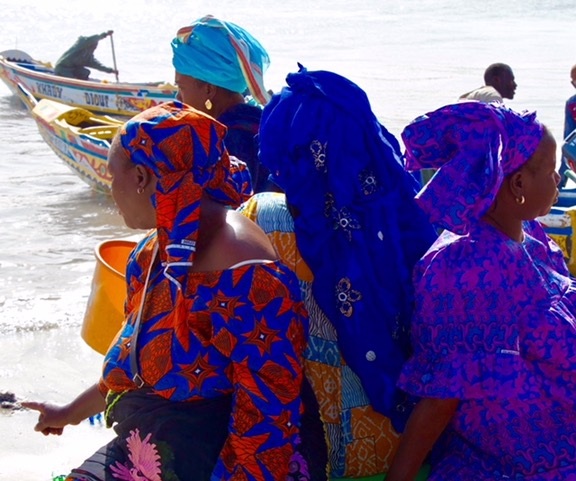
We visited the Tilene Market, a giant indoor space with vendors selling everything from fish (we saw a six-foot barracuda) to meat to spices to produce. An amazing experience. Almost everyone in Senegal cooks with Maggi seasoning cubes–there are lots of different varieties sold at the market. They drop one or two cubes into a soup or stew to add flavor.
Dakar is known for its cars rapides, the brightly painted mini buses that are used for public transportation. They are going to be phased out in the next year, so book a flight soon.
The first day, I cooked with Amsi, who made the gumbo. The next day we went to the house of a friend of Pierre’s and cooked stews, salads and rice dishes. We learned to use the large wooden mortar and pestle (gravity does most of the work, not the cook) and fell in love with the Scotch bonnet peppers that are common in Senegal. One of the cooks we met, Alice, makes her own salsa of Scotch bonnets.

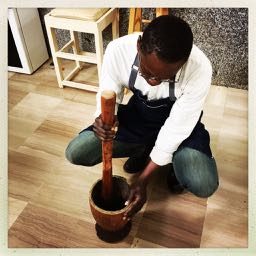
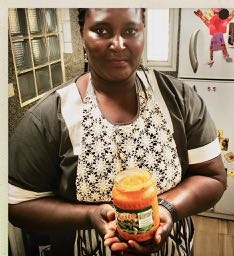
Common nonalcoholic drinks are guava juice, bouye (a thick, caramel-colored juice from the baobab fruit) and bissap, made from the hibiscus flowers sold in the markets. It tastes like an exotic grape juice.
The most interesting meal was at an indoor barbecue joint. Braziers built into tables were used to grill thin skewers of chicken, livers or beef. Packets of onions were also cooked on the fire. One could order any combination of skewers, and the cook would throw them on the fire. The meat was served in a sliced-open baguette with mustard, spices and hot sauce, or it was piled onto a sheet of old-style computer paper with ground ginger, spices, mustard, hot sauce and cooked onions. You dipped the meat into the various piles, and then ate it off the skewer.
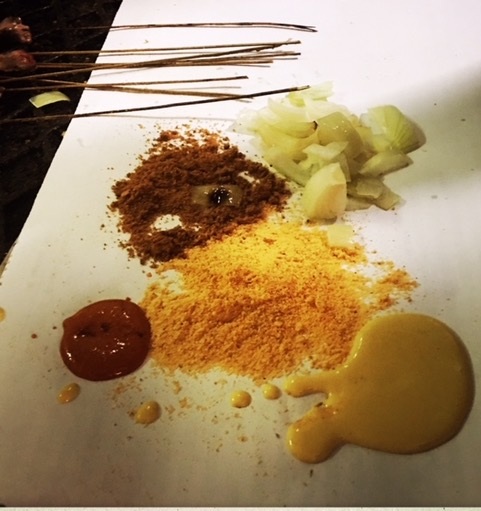
One small detail. Half-mannequins are popular in Dakar, slicing off the torso above the waist. These are used to display pants, the top half of the body not required. This made for an odd roadside vista—half bodies stretching along the road in brightly-colored pants!
